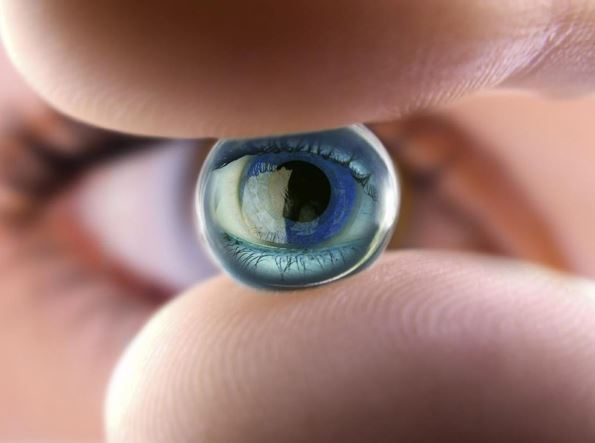4 Groundbreaking Medical Technologies That Could Change Everything

Medical innovations in 2014 have really transformed the medical community on multiple levels. The innovative technologies will change the way medicine is practiced and empower both patients and individuals to better care for themselves. The following are four of these amazing technologies, currently changing medicine for the better.
A new system offers anesthesia management support by allowing nurses the information needed to make better decisions while in the operating room. The system is capable of recording events before, during and after a surgery has occurred. The system alerts personnel to any potential risks present at the time a procedure is being performed. The life-saving technology makes it easier to gauge the patient’s response in real-time in order to produce much data for decision-making.

New technology recently introduced measures the blood pressure with improved accuracy. The technology was introduced by researchers from University of Leicester. By creating the opportunity to measure the pressure closer to the heart, the central aortic pressure can be measured. This particular reading offers a much better outcome. The sensor in the wrist first records the pulse or wave, and then the data is processed with mathematical modeling to produce a reading.
The bionic eye is another breakthrough medical technology that could potentially make a difference for those at risk of losing their vision. The technology was developed initially with late-stage retinitis pigmentosa. Using the technology permits one to discern between light and dark environments. It also gives the person the ability to pinpoint the exact location and movement of people or objects in their immediate environment.
A new system developed makes it possible to target potential headaches before they ever occur by targeting the nerve endings. The SPG, or the sphenopalatine ganglion, a nerve bundle responsible for the headaches, can be blocked with the implanted device. The device, initially implanted in the upper gum area, offers stimulation and is controlled by the user with a handheld remote. Mary Stephens, a medical researcher who works in a clinical science laboratory, says individuals who suffer from chronic headaches and migraines will benefit most from this technology. Severe headaches can be debilitating and, for many people, this preventative technology may vastly improve their quality of life.
The newest technologies are expected to really make a difference in medicine and affect thousands of lives. From treating blindness to preventing migraines, these miracle technologies will improve the quality of life for patients. Physicians empowered with better data, made available through technological advancements, instantly improve the quality of care delivered to patients.
